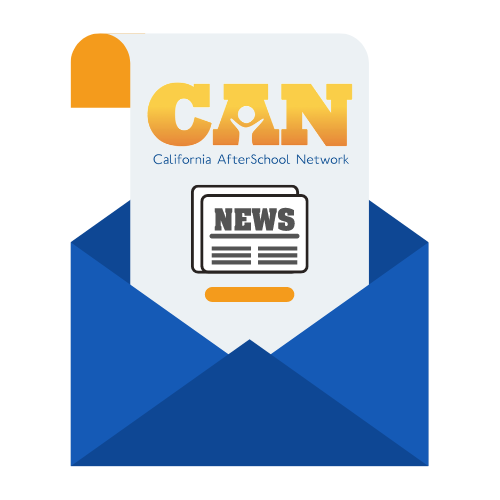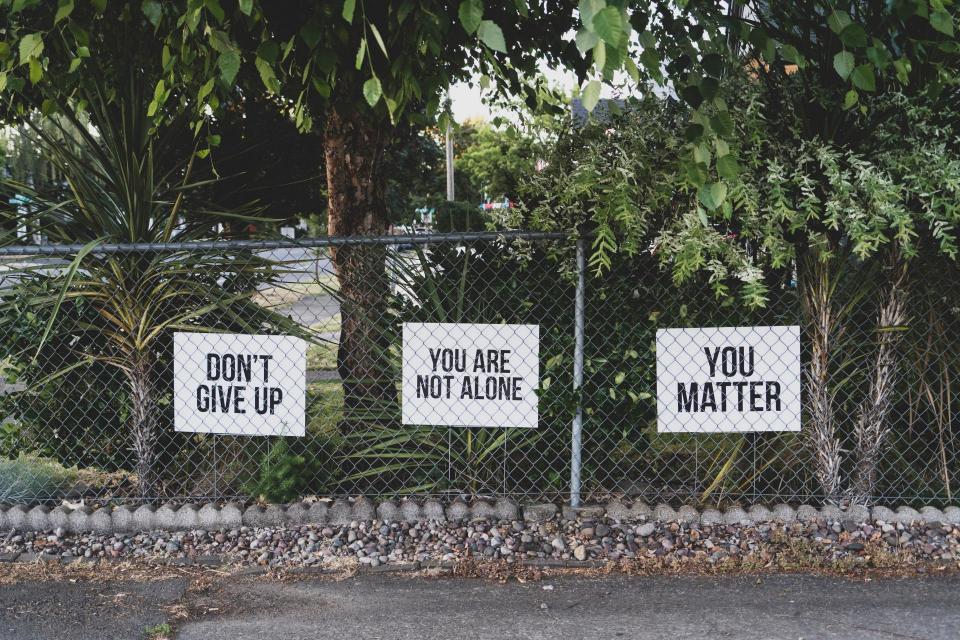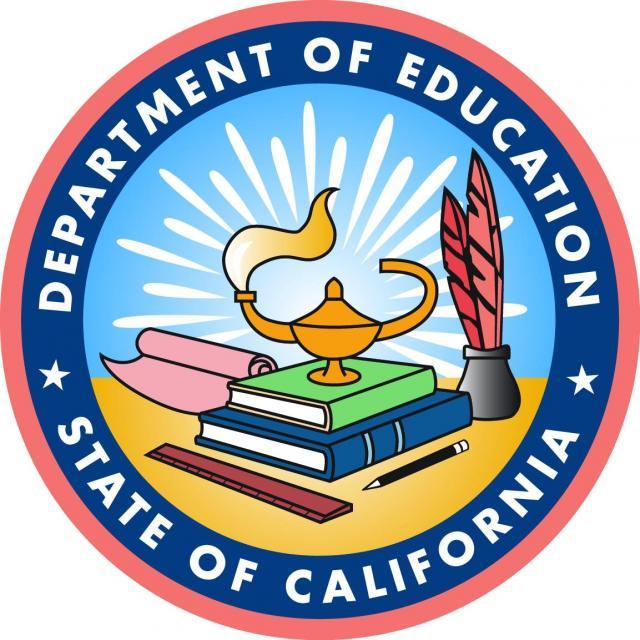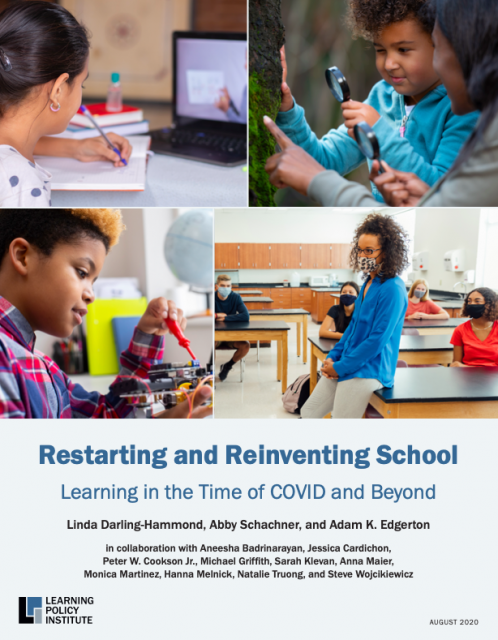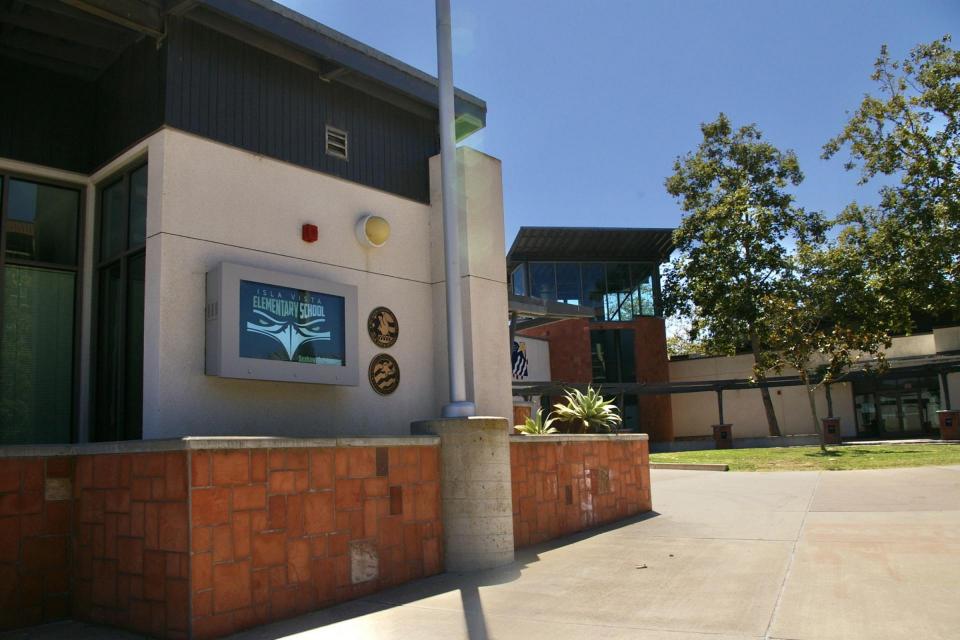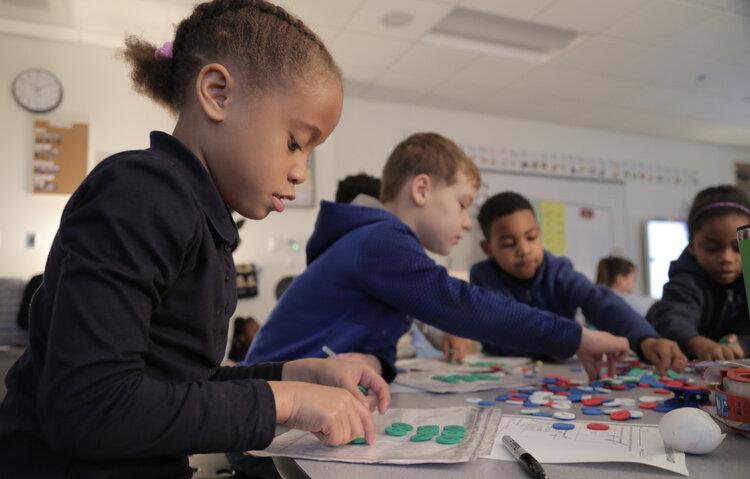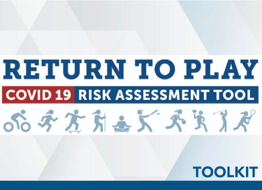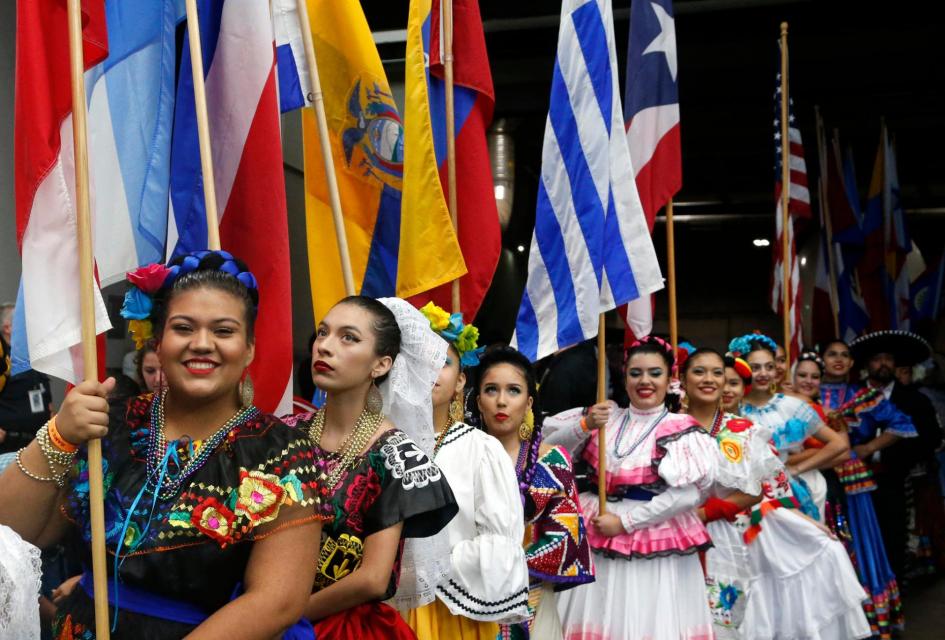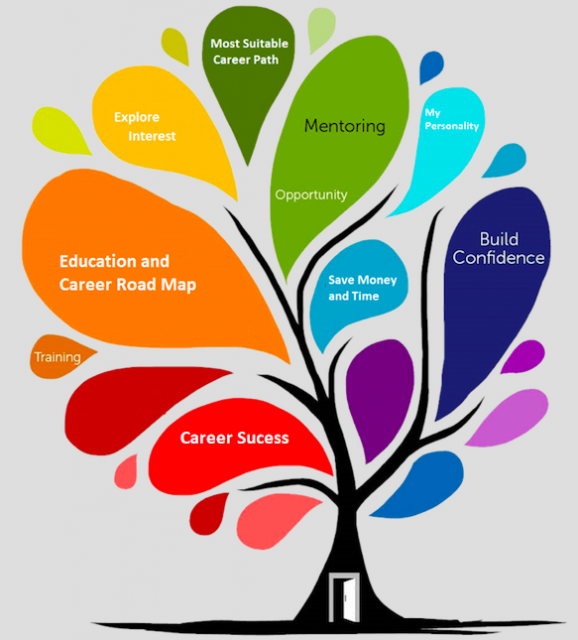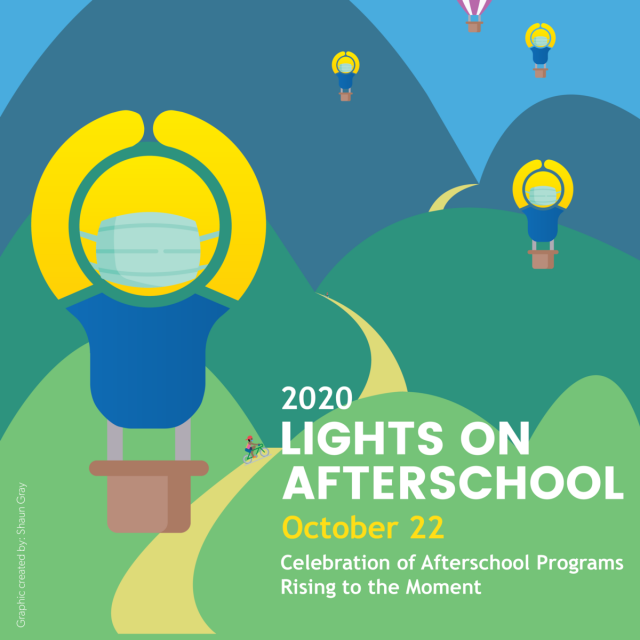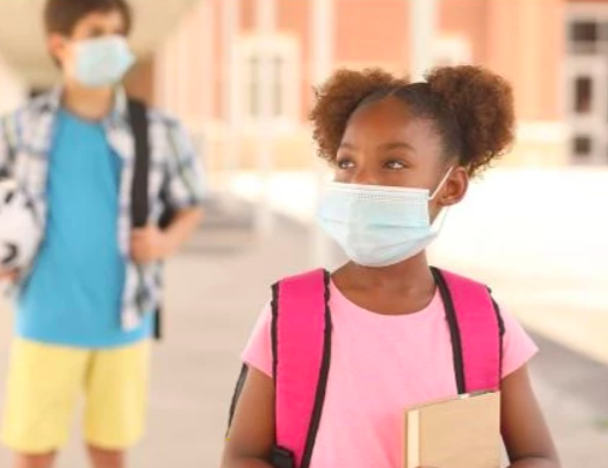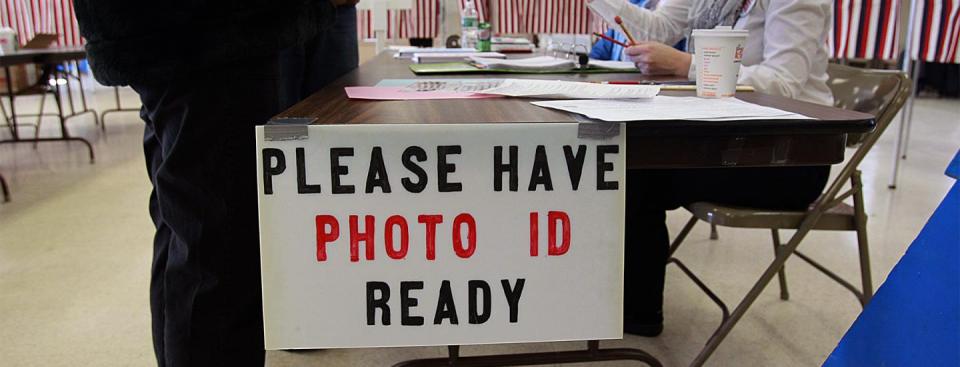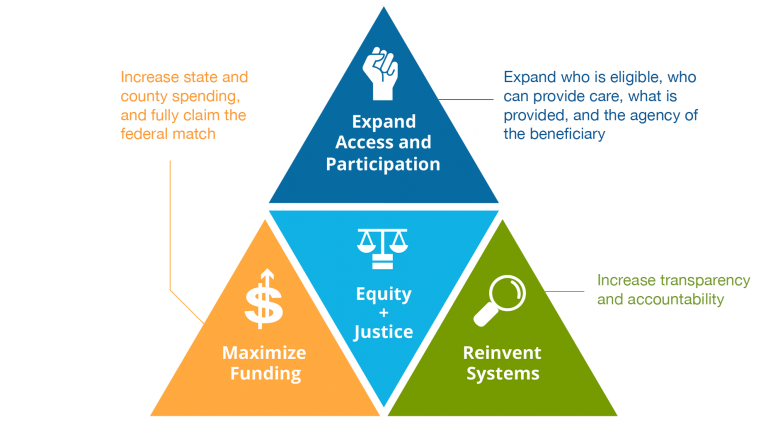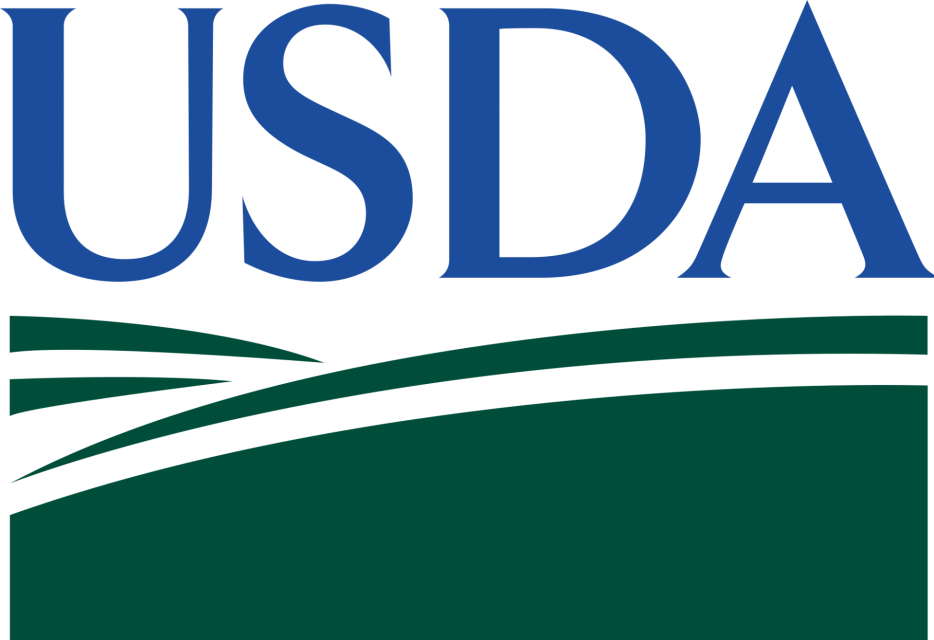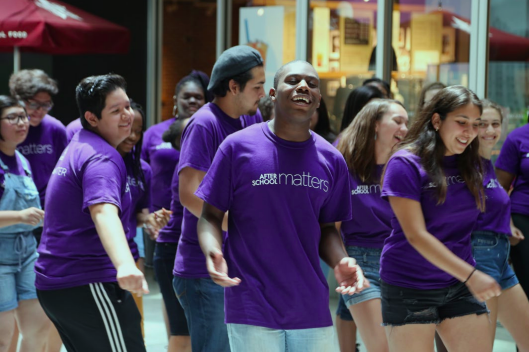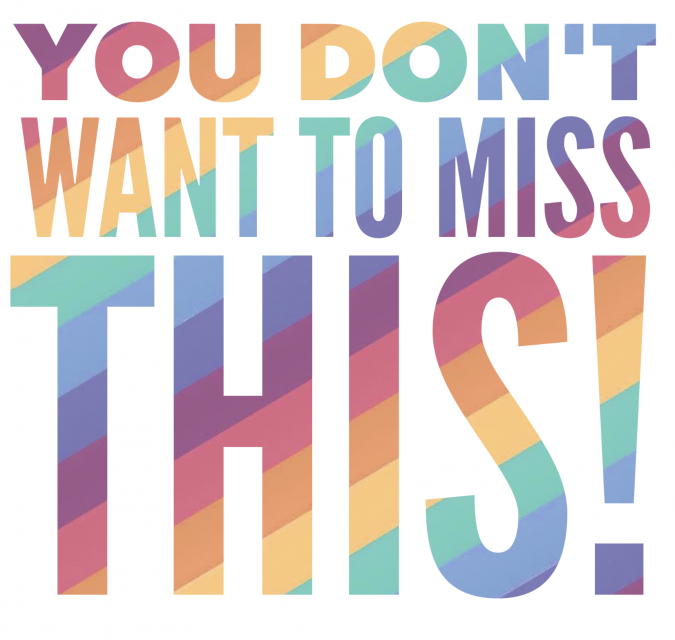CAN Newsletter – We’re Here For You!
September 10, 2020
2020 has been a year filled with challenge after challenge and many of us have yet to process the trauma that our students, communities, and ourselves are experiencing on a daily basis. Our hearts go out to those that are impacted by the fires all across the state. Thank you to those programs that continue to step up time and time again, crisis after crisis – you can catch a small glimpse of this amazing work during challenging times by checking out CAN’s fireside chats with Michael Funk from the California Department of Education. The most recent chat includes an interview with Fontana USD and City of Fontana as they discuss how they are able to meet the needs of their community and provide services in person as we head into this new school year.
We are here for you as you begin your school year. If you haven’t visited yet (or recently), be sure to check out the CAN COVID resource center. As we move forward CAN continues to strengthen its commitment to equity – we are engaging in an organizational process in partnership with Equity Meets Design, we will very shortly be releasing our equity-driven whole child health and wellness vision, and in the face of equity and multiple social challenges, environmental challenges, and so forth, we are focusing on equity-based STEM learning with Million Girls Moonshot.
There is much on the horizon, and in the coming months, we will be sharing more.
If there are supports and resources you need, please don’t hesitate to reach out to the CAN team!
In This Newsletter:
2019-20 Annual Grantee Outcome-Based Data Report for Evaluation and Continuous Quality Improvement (CQI) Deadline Approaching
Due: Wednesday, September 30, 2020
The 2019–20 Annual Grantee Outcome-Based Data Report for Evaluation and CQI is a grant requirement for the After School Education and Safety (ASES) Program, the 21st Century Community Learning Centers (CCLC) Program, and the 21st Century High School After School Safety and Enrichment for Teens (ASSETs) Program. Failure to report this data will lead to grant termination per California Education Code Section 8483.7(a)(1)(G).
The Excel workbooks used to complete these reports are attached to this email. One workbook is for 21st CCLC and ASES elementary/middle programs; the other workbook is for high school ASSETs programs. Each workbook includes two tabs for data input:
- Outcome Data for Evaluation
- Continuous Quality Improvement
Restarting and Reinventing School: Learning in the Time of COVID and Beyond
Learning Policy Institute’s new report provides a comprehensive framework for how policymakers and education leaders can address the questions of how to reopen schools safely, efficiently, and equitably to serve the needs of the whole child. By highlighting 10 key priorities, the report looks to the creative responses of states and districts that are rising to the challenge of providing ongoing learning and support approaches for new and enduring ways to address educational quality and equity.
Back to the Classroom with Caution: Health and Safety are Top Priorities for Re-opening Schools
The school year has begun for nearly all of California’s 6.2 million students, and most are in distance learning. However, many schools in counties moving off of the state’s COVID-19 monitoring list are preparing for the possibility of modified forms of in-person learning.
If COVID-19 wasn’t enough, wildfires raged across much of Northern California this month and impacted many school communities as they began the school year. Schools that are considering re-opening not only have to contend with possible smoke or fire damage but implement safe practices for preventing the transmission of COVID-19.
Designing for Diversity, Equity, and Inclusion in Remote or Hybrid Learning
Van Ness Elementary in DCPS has spent the Summer designing a structure to keep the school agile and responsive during the complexities of 2020. By making staff designers in the process allows for the creation of systematic practices that create schools that can recover and respond equitably to crises. Explore Transcend Education’s article to see how school leaders can borrow the methods of design teams for their local contexts!
Greater Good in Education
As students and teachers return to the classroom, whether virtually or in-person, attending to the social and emotional needs of every member of the school community should be at the top of the priority list.
UC Berkeley’s Greater Good in Education team has created the Greater Good in Education: a collection of strategies and practices for cultivating positive relationships within school and supporting the mental health and well-being of students and staff members.
Return to Youth Sports
As some youth sports look to resume play this fall, The Aspen Institute’s Sports and Society program has developed resources that help leaders, coaches, and parents adjust to the impacts of COVID-19. They created a Return to Play risk assessment tool that helps decision-makers assess the potential repercussions of restarting sport and recreational activities.
Celebrate Hispanic Heritage Month!
September 15 - October 15
September 15 through October 15 is National Hispanic Heritage Month! Take the time to ensure that you are uplifting a diverse range of Hispanic and Latinx identities, cultures and histories—including those that are intersectional. Check out Teaching Tolerance’s list of resources to help bring Latinx voices to the classroom!
Expanded Learning Workforce Implementation Committee (2020-2022)
Deadline: Thursday, September 24, 2020 by 5:00 pm
Background
California currently provides funding for Expanded Learning (EXL) programs through two funding sources, the state funded After School Education and Safety (ASES) Program and the federally funded 21st Century Community Learning Centers (21st CCLC) Program. California is one of the largest providers of EXL in the country, serving over 800,000 students per year in grades kindergarten through twelve (K–12), in under-resourced communities across the state.
Lights on Afterschool!
Thursday, October 22, 2020
We are loving this year’s Lights On Afterschool graphics, now available for download from the newly-updated social media kit! No matter how you are operating this fall, there are ways for you to take part in the nation’s annual celebration of afterschool, made especially poignant this year as we shine a light on the ways our field has been supporting youth and families during the pandemic.
Registration is open. Even if you are not doing a typical event, register! We will have new offerings and developments that all can take part in, no matter your circumstances. Visit the event planning kit for ways to showcase and celebrate your program during COVID, and check out our new graphics and social media tools.
Upcoming Webinars!
September is full of great webinars to participate in! Check out these opportunities:
- A Coming Youth Wave? Mobilizing Young Voters in a Polarized Political Environment
- Building Equitable Learning Environments in Crisis Mode
- Series: Shared Data, Leadership, Community, and Finance
Equity for the Future: 6 Priority Actions Field Leaders Should Take Right Now
The COVID-19 crisis demands new, innovative solutions to both long-standing inequities and unforeseeable challenges. In a new brief, How the Science of Learning and Development Can Transform Education, the SoLD Alliance has been evaluating fundamental truths about how young people learn and develop.
Future Voters Project: New Resources for Teaching the Election
It’s a critical time for fostering civic action and understanding the youth. Teaching Tolerance has created brand-new resources from their Future Voters Project! Check out the project to explore their new lesson bank on voter suppression and review their recommendations for leading safe, inclusive voter registration drives.
Financing Social, Emotional, And Mental Needs in Schools
Schools must be at the heart of our efforts to connect with and heal children and youth, including scaling solutions that address the youth mental health crisis.
California Children’s Trust and its partner, Breaking Barriers, released a “Practical Guide for Financing Social, Emotional, and Mental Health in Schools,” designed to help education leaders understand and access millions of dollars of Medi-Cal that students are entitled to in order to support the social and emotional needs of students, even more critical during this time of social isolation. This guide also includes a “how to” with examples from districts across the state.
USDA Clarification On Afterschool Meal/Snack Requirements
Federal Update: August 21, 2020
The USDA has issued clarification on offering meals this fall in
learning centers, as well as allowing virtual activities to count
as enrichment for afterschool meal/snack requirement.
https://fns-prod.azureedge.net/sites/default/files/resource-files/SP24_CACFP13_SFSP13-2020s.pdf
See Afterschool specific language below:
Updated SEL Integration Approach
Whether school is in-person, remote, or a hybrid of both, the social and emotional wellness of students will need to be at the forefront of teaching and learning.
Given the uncertainties of the coming school year, now is the time to rethink the approach between social-emotional learning (SEL), equity, and academics. This year, educators will have the opportunity to ensure that their lessons are responsive to the sociopolitical and racial context of the current world while designing their curriculum and routines.
Social Emotional Learning + Out-of-School-Time Programs = Perfect Together
According to The Wallace Foundation and America’s Promise Alliance’s report SEL+OST=Perfect Together afterschool, summer, and other out-of-school time programs can be ideal settings for children to learn and build social and emotional well-being when skilled and trusted adults are there to guide them.
Learning in Afterschool: Reopening and Distance Learning Resources
Check out these more recent blogs from LIAS!
Check out CAN’s Other Newsletters!
Access the CAN newsletter archives to view past newsletters today! You may be interested in some of our other newsletters as well:
CAN Policy Newsletters
- Get informed about state and federal afterschool updates!
- Subscribe today!
CAN Health and Wellness Newsletters
- Get informed on the connections between afterschool and Whole Child Health and Wellness newsletter!
- Sign up to receive the newsletter today!

